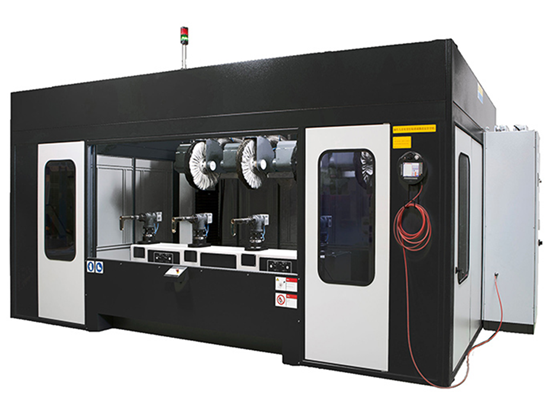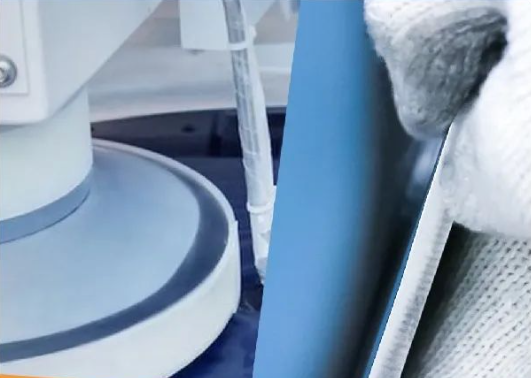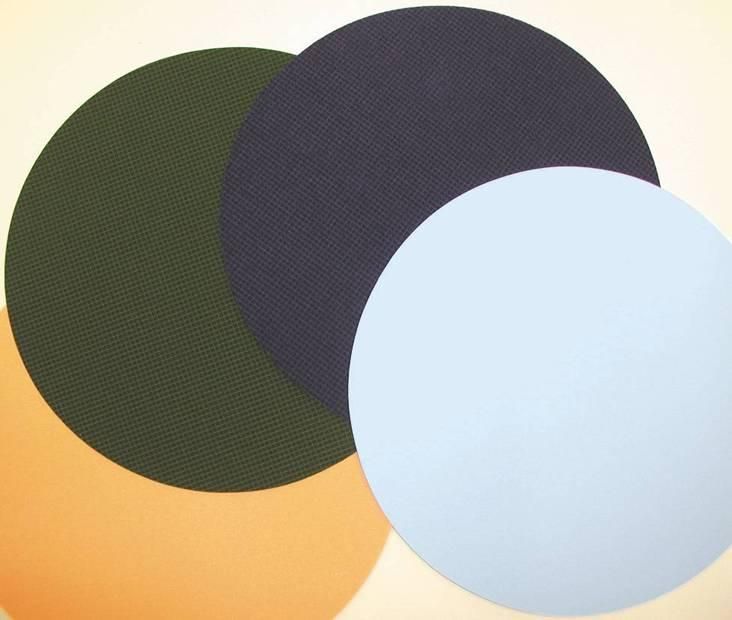
This article is also available in the following languages:
Tiếng Việt
繁體中文
Generally speaking, polishing pad can divide into three types based on its filling abrasives, the materials used to make it, surface structure.
Based on filling abrasives:
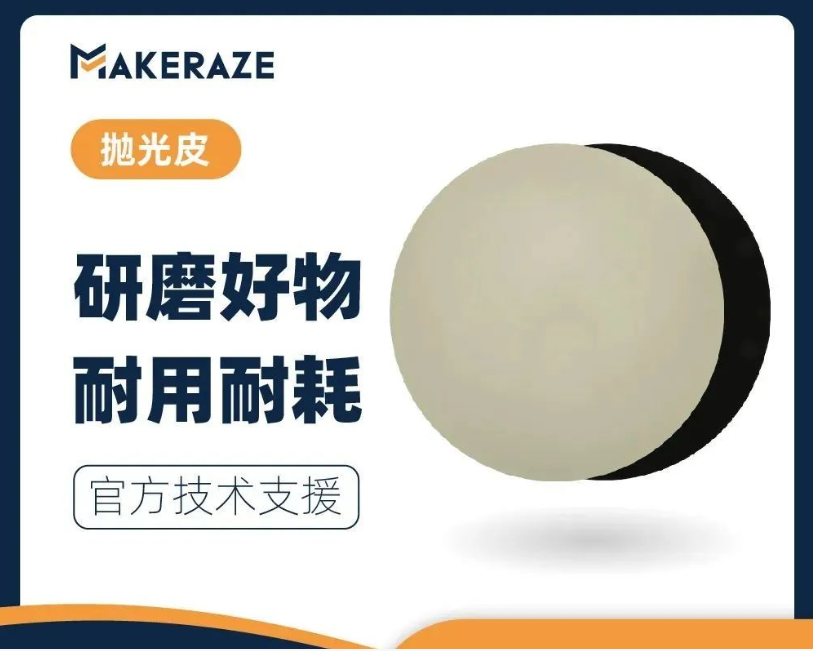
Polishing pads without filling abrasives:
More steady compare to the polishing workpiece during polishing process.
①Yellow for Rough Polishing
②White for Middle Polishing
③Black for Fine Polishing
Polishing pads with filling abrasives:
There have CeO2 polishing pads and ZrO2 polishing pads two types.
CeO2 polishing pads: Has great effect on enhancing polishing speed.
Based on different component material:
1.Non-woven Fabrics

2.Foamed Polyurethane

3.Damping Pad

Based on surface structure:
There have polishing pads have grooves and without grooves.

Polishing pads with grooves can divided into below four types according to the groove mould:
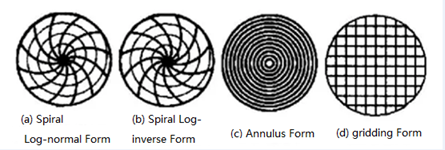
Abrasives Slurry can divided into:

Adamas(Artificial Diamond) → Ceramics; Stainless Steel
ZrO2→ Stainless Steel
Al2O3→ Stainless Steel; Aluminum Alloy
CeO2→ Glasses
mSiO2nH2O → Stainless Steel (mirror face)
The Function of Polishing Pads:
1.Effectively transfer the polishing slurry evenly to different areas of the polishing pad;
2.It can take away the residual debris and material produced on the workpiece surface during the polishing process, so as to effectively remove impurities;
3.Effectively transfer and carry mechanical loads required during machining removal;
4.Effectively maintain the polishing slurry film on the surface of the polishing pad, so that the chemical reaction can be fully carried out;
5.To maintain the steady polishing process, surface deformation, can obtain a better product surface, to ensure the quality of products.


